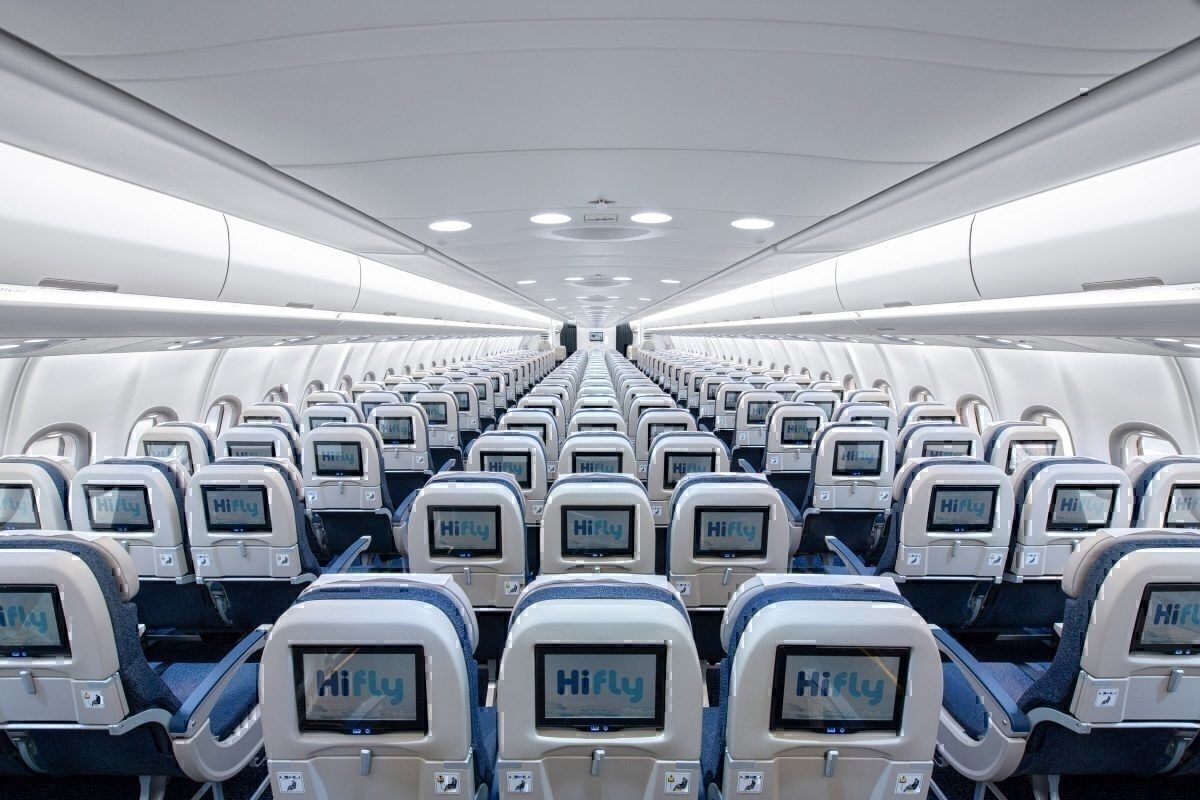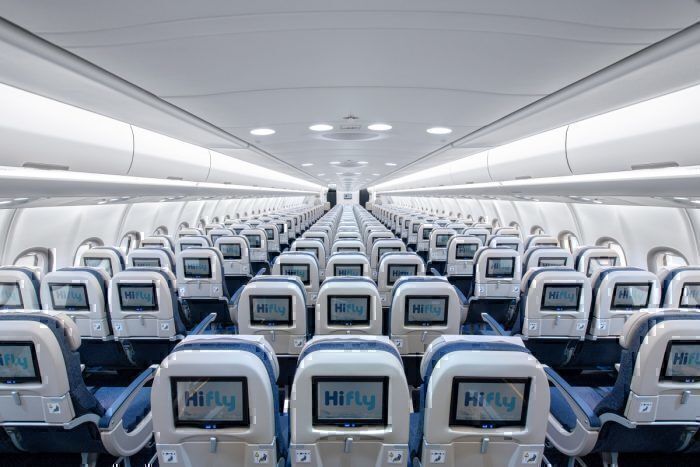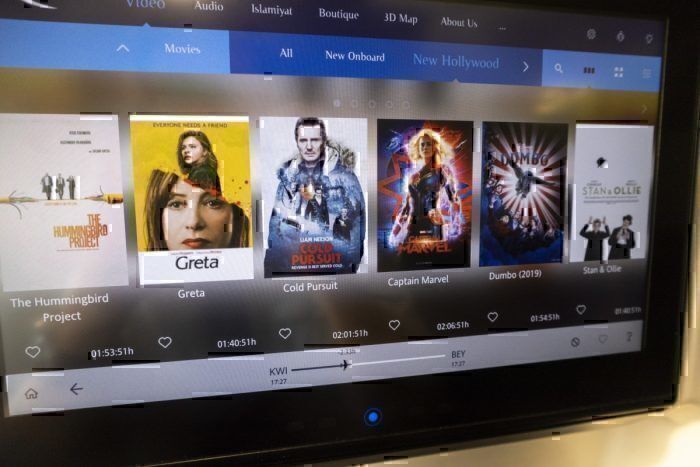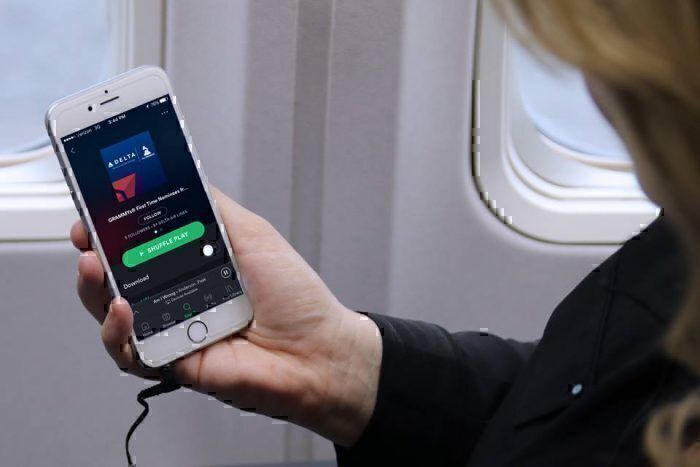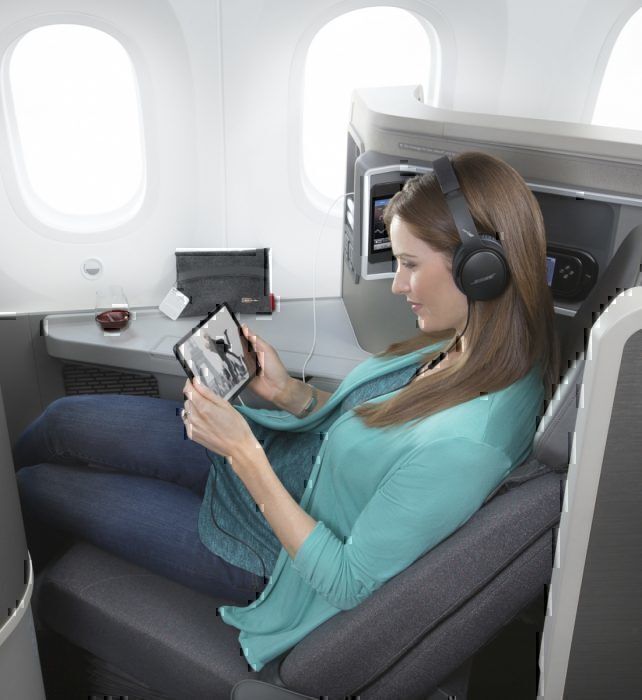There is a very interesting trend starting to unfold in our skies; airlines are ditching backseat entertainment screens in exchange for streaming entertainment to passengers devices. But is this a good thing and might we see inflight entertainment (IFE) become obsolete in the coming years?
What are the details?
It wasn't until this reviewer started to ramp up domestic travel that they noticed the prevalence of the bare seatback. The contrast of drab grey blank facades starting silently into the economy rows, where once there were a hundred smiling TV screens, was very distinct at first. The lack of in-flight entertainment screens on newer aircraft (and renovated cabins) across the world's airlines has slowly been increasing like an unstoppable tide.
But why?
There are a variety of advantages that come with having 'streaming entertainment' for airlines. The first is that inflight entertainment units are heavy. Heavy enough that on the new A330neo (which you can check out our unboxing here) Hi Fly boast that they saved 400kg across the aircraft (yes, almost half a ton) by switching to a more streamlined entertainment model. If airlines removed the units completely, they would have significant fuel savings across their fleet.
How much in savings? According to a Norwegian report, up to $3 million USD per year per aircraft.
Additionally, the content and the units themselves are not cheap. A report by CNN revealed that airlines spend up to $5 million per year on the entertainment unit maintenance, then up to $20 million a year on the content.
"One insider who works for one of the industry's major CSPs and spoke only on condition of anonymity says the amount airlines spent on their entertainment offerings in 2012 hit nearly $3 billion." - CNN investigation.
Lastly, let us not forget the wasted man hours of broken screens, passengers complaining or issues with the systems when they go wonky. If airlines asked passengers to use their own devices, then they would not be to blame for any technical issues.
What do passengers think?
Passengers are rather divided on the issue.
For one, with your own device, you don't have to worry about what options are available. Many phones and tablets apps allow you to download videos (such as from Netflix) to watch offline, and a passenger can continue to watch what they were viewing at home (great for those who love a good boxset binge).
The disadvantages are if you don't have your own device, you're out of luck. Also, without in-seat power, you are likely to drain your entire battery over a few hours onboard. This is bad news if you arrive at your destination and need to use your device (such as a mobile) to navigate or contact someone meeting you at the airport.
But, on the whole, passengers have started to use their own devices more and more onboard. If airlines are paying for the fuel to carry the passenger's laptops, they might as well ask passengers to use them exclusively in return.
Who has dropped backseat entertainment?
Etihad has removed the screens for their short-haul fleet. Qantas and Virgin Australia removed screens for their domestic fleet, with the later using their screen-free aircraft on medium-haul flights from Brisbane to Bali (which operated by a 737-800 is a rather brutal flight).
In the USA, United and American Airlines have ditched the seatback screens for short-haul aircraft, offering to stream to personal devices instead. Delta has been reluctant to do so, using it as a competitive advantage for the meantime.
What is our prediction?
Taking a stab in the dark, airlines will actually use inflight entertainment screens as an upgradable advantage for passengers. Those wanting to use the seatback screens will actually have to purchase premium economy or business to have the privilege of a screen.
Smaller carriers will do away with the model entirely, or perhaps, use the inflight entertainment as a competitive advantage.
We will also see a focus from airlines to offer in-seat power as more passengers rely on their own devices.
What do you think? Will we see the end of inflight entertainment? Let us know in the comments.

